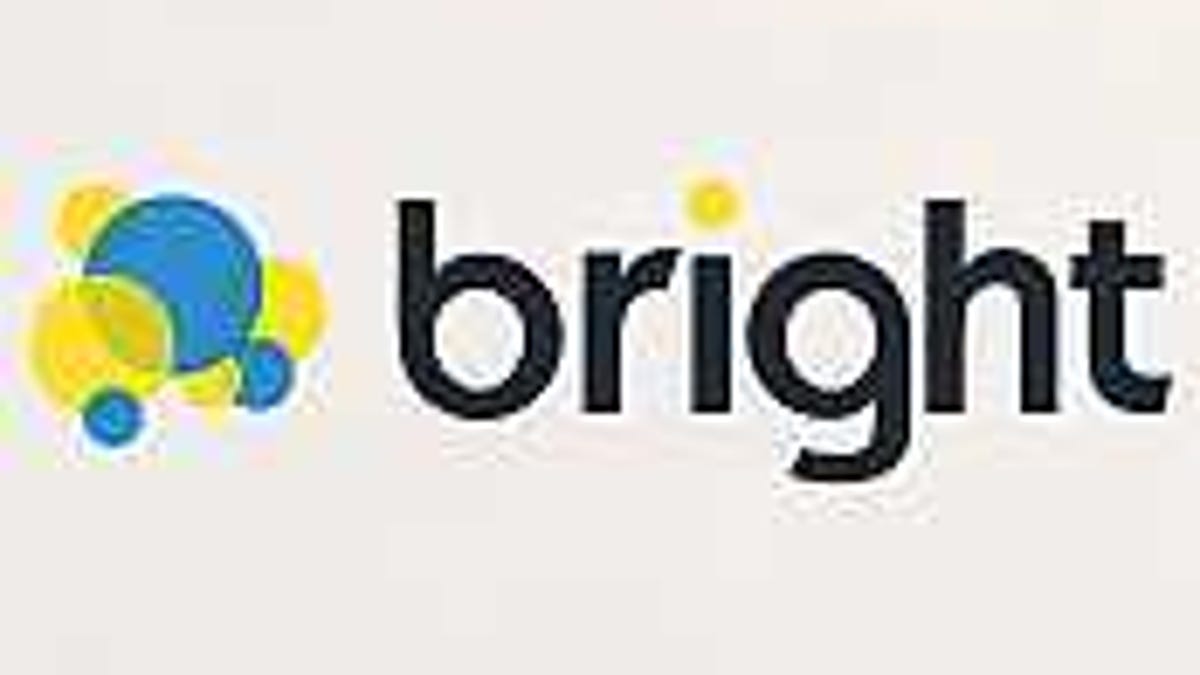Bright.com: Job searches done the dating-site way
New job search engine uses "science" to make matches, deploying proprietary algorithms that supposedly find the best fit between employers and job seekers.

Job searchers can now approach their quest as many do for love -- relying on data and science. Or, at least, "science" (as most anyone who's ever tried online dating can attest).
Bright, a job search engine launching today, uses data to show employees and employers how compatible they are using a scoring system that CEO Steve Goodman said will revolutionize the hiring the process.
"We believe that there is a job for everybody that wants to be gainfully employed," he told CNET in an interview.
The company is backed by a variety of angel investors who have collectively invested $6 million, a pretty significant amount for investors who are using their own money.
Over a period of 18 months, Bright conducted a study with over 8.6 million job seekers to refine its technology. The company's data science team -- neuroscientists, mathematicians and nuclear physicists -- processed 2.8 million resumes and 2.1 million job descriptions.
The result is a Bright scoring system that aims to show a user's compatibility level with any job they apply for based on experiences and skills.
The service is free to job seekers. Bright charges companies if they want to see applicants who are qualified but have not applied for a position. Employers will be able to see if someone has viewed a position or even started an application, but didn't finish it.
Goodman said Bright helps job seekers refine their job search and makes a daunting task approachable, particularly for applicants who don't have a trade or a specific skillset. He envisions Bright helping those living in areas where unemployment is high, like middle America.
"It's a very dark, lonely process, especially when you go into Monster.com and put in a keyword," he said.
A Bright user can sign up and upload a resume. The site immediately analyzes the resume and pulls up several matches. If you choose to link your Facebook account to the search, your social connections will also factor into your Bright score for a company.
Goodman said he sees the potential of harnessing other networks like LinkedIn, the professional networking site that has access to the most amount of professional data. In many ways, the Bright model seems suited to existing network.
"We're trying to reach out," he said about connecting to LinkedIn.
Goodman said Bright underscores how the job application process has changed. With the rise of online job applications, employers are looking at more resumes than ever and the volume has created a bottlenecking effect for recruiters and employers alike.
He said the Bright score factors in many nuisances. If you are overqualified for a job, the score will be lower. If a company tends to hire from a company you've already worked at, your score will be higher. If you qualify for a job because of your skills, but the job description doesn't directly reflect that, the score accounts for it.
For example, if you list Jave and Apache as skills, but the job description asks for Tomcat (which is Jave and Apache), the Bright score will know. Goodman said recruiters can miss matches this way. Recruiters, who often have a general knowledge of the positions they are hiring for, usually don't know specifics and could be working off a poorly written job description.
According to Bright, this can save up to 90 percent of a recruiter's time, by helping them locate the most qualified candidates without sifting through hundreds of resumes first.
Eventually, Goodman wants Bright to be able to suggest training or certification that will help people improve their scores.
Of course, the hiring process -- like love -- can't be completely based on percentages and keywords. Goodman recognizes that. He said in-person interviews are the only way to get a true sense of whether or not a person is the right fit for the job, but Bright provides clarity and brevity to that process.
"It helps find a sound in that noise...we're just giving them the shortcut to the shortlist," he said.

